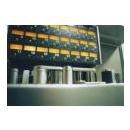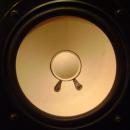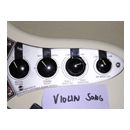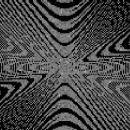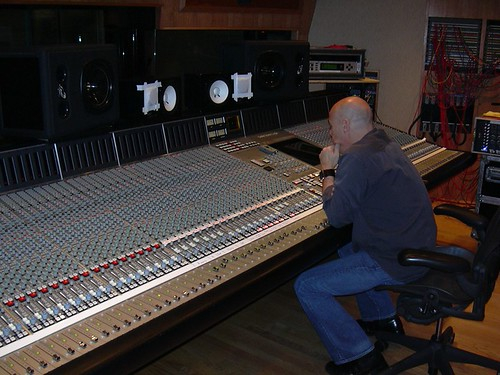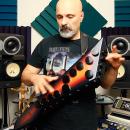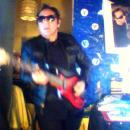espasonico escribió:
La cuestión es que el artículo me importa más bien poco. Lo que yo defiendo es que si a UN técnico le funciona UN método, yo no soy nadie para criticarlo, especialmente si el resultado que consigue el técnico es espectacular.
Con esto no quiero decir que si a ÉL le funciona, a mi me vaya a funcionar, entre otras cosas porque no tengo el talento de este señor para hacer las mezclas que hace, ya sea con Yamahas, con cascos o con un radiocassette.
Si hubiera que juzgar algo, en todo caso deberían ser los resultados y no los métodos. Al menos así lo veo yo. Es como el chiste de la bombilla y 100 técnicos
Hola espasonico,
Que no habías leído el articulo era algo evidente, ya que si lo hubieses hecho habrías podido ver las conclusiones a las que Bob Hodas llego en su estudio sobre el "fenómeno" de la utilización de Tissue para atenuar los agudos de los NS10 y que fueron exactamente estas:
Alguien escribió:
So now we have something concrete: Kleenex did not absorb any high frequencies when placed over the microphone capsule, while Figures 15 thru 18 indicate that the HF attenuation affect of tissue is position dependent. As a result, it would appear that the tissue creates the one thing that studio designers around the world try to avoid, fearing it most in their control rooms: Comb Filtering. The paper filters are not absorbing the high frequencies, but simply reflecting them back into the tweeter, thereby causing cancellation through comb filtering.
Since nobody would put up with such aberrant behavior in their main control-room monitors, why should we go this route in a close-field speaker? The result is a very crude and, I would say, undesirable method for dealing with the problem of a speaker sounding a bit too bright. And, as one can see from the charts included in this article, the use of tissue layers is certainly a very uncontrollable and non-linear method of doing the job. If a little less high-end is desired, how about a simple electronic filter that could be measured and controlled in a more reliable manner than the "Tissue Fix?"
Como puedes observar (si tienes algún interés) este "mágico método" lo único que consigue es crear nuevos problemas (indeseables en un sistema de monitorizacion) para intentar corregir simplemente el exceso de agudos del diseño original de las NS10 (por otro lado problema que Yamaha corrigió al sacar a el mercado las NS10M )
de todas formas es tambien curioso que el origen de este "método revolucionario" tuviese como origen lo siguiente:
Alguien escribió:
Bob Clearmountain's Tissue
Bob Clearmountain's other significant claim to fame is probably that he was the first to use tissue paper over NS10 tweeters in an attempt to dull their over-bright balance. He resorted to tissue paper after the maintenance staff at The Power Station had refused to modify the speakers by wiring resistors in series with the tweeters (why he didn't simply put an HF shelf EQ in the monitor chain is a question for which I don't have an answer). Yamaha's second-generation NS10, the NS10M Studio, had a less bright balance, so removing the need for tissue paper.
esto es un extracto de este articulo
http://www.soundonsound.com/sos/sep08/articles/yamahans10.htm
La cuestión es esa, y solo esa, no si alguien consigue hacer grandes discos utilizando técnicas cuestionables,etc...
De todas formas que alguien utilice métodos "cuestionables" no impide que ese mismo alguien, pueda conseguir buenos resultados, ya que de seguro ese "elemento cuestionable" tendrá un efecto despreciable en el resultado final, ya que todas sus decisiones realizadas durante el proceso de grabación/mezcla, no van a estar supeditadas a el empleo de papel en los tweeters y no van a depender en exclusiva de su empleo.
Un saludo


